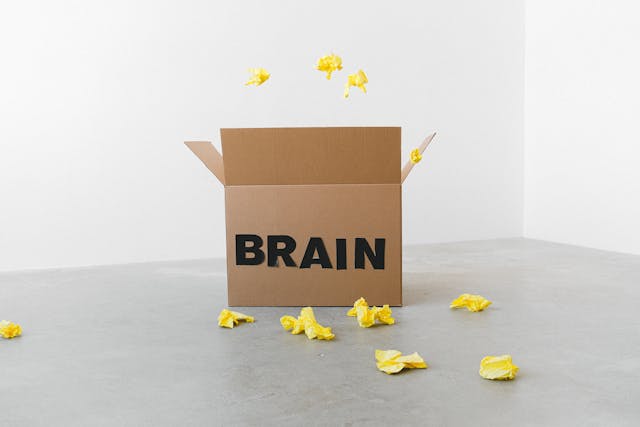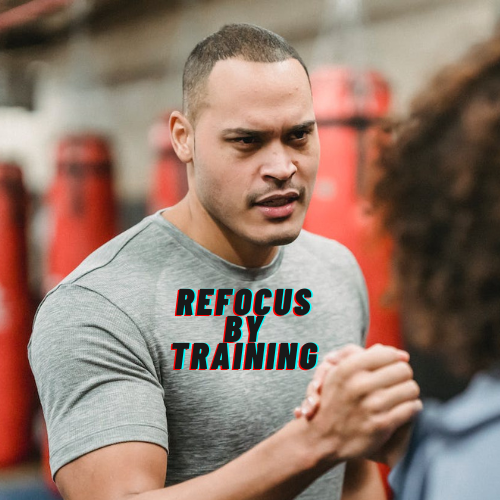Use Neurobics to Train The Brain
Neurobics are activities that are healthy for the brain. It is healthy because there is positive stimulation for the brain. In other words, it is primarily cognitive training. This is proper for someone to do since it can improve cognitive performance and memory recall. The beauty of neurobics is that it does not have to be complex. It can be quite simple with brief challenges. Exercise, puzzles, or just about doing something new or unfamiliar can stimulate the brain. Very much so, the brain is adapting and rewiring itself (neuroplasticity). Keep in mind that for this to work properly, there must be mental and physical engagement. This works by executing the activities a person sets to do.
The Neurobics Advantage
Neurobics is brain training that keeps the brain alive and growing. There are many positive effects of this practice:
- Stress reduction
- Better memory recall
- Motivation and energy
- Faster thinking
- Improved mood
- Enhanced creativity
More or less, a sharp mind has an edge that will not make a person feel dull. The feeling of sharpness reduces the risk of mental decline.

How Long Should This Be Done?
There is no need to spend a substantial amount of time. It could be as little as 10 to 15 minutes a day, depending on what is being done. The whole point of this is to stimulate and condition the brain to be efficient. As mentioned, it does not have to be complex. However, complexity can be incorporated if the practitioner chooses to do so. The more challenging it is, the better. The length of time can also be longer, but it is not necessary.
Specific Activities That Can Be Done
There are many activities a person can conduct that are simple to do, but they can also be slightly challenging (if the person chooses to do so). Progressively making the activities somewhat difficult would have an effect. Therefore giving the brain a stronger stimulus. It is best to handle challenges at an appropriate level. To the extent of making it achievable but with some resistance.
Additionally, there is a part of the brain called the anterior mid-cingulate cortex, and this is known to make someone tenacious!
Using the Non-Dominant Side of the Body
As humans, people are accustomed to using the dominant side of their body like hands and feet. This is very easy and feels secondary because it requires minimal effort. For example, a person could be right-handed but if using the left hand, it adds some difficulty since they may not be used to using it.
Here are some exercises a person can try:
- Writing with their left hand.
- Brushing their teeth with their left hand.
- Opening doors with their left hand.
- Doing unilateral exercises (Using one limb to exercise, like one-arm push-ups or one-arm chin-ups, if possible).

Learning New Subjects
Learning is a never-ending process, and it keeps the brain alive too. It is best to learn one subject at a time so it can be fully absorbed and understood. This could range from just about any subject of interest.
- Practicing a new language.
- Programming.
- Learning about architecture (either software or buildings).
- Physiology.
- Law.
It could be anything that could be put into practice. When being interested in the learning process, a person will be fully engaged. Keep in mind that there is no need to be actively involved in many different subjects simultaneously. Too many can be strenuous, and that would be counterproductive.
Proprioceptive Training
Proprioception is defined as body and spatial awareness without visual input. There are many ways to train this, but one of the most effective ways of training proprioception is vision deprivation. When closing the eyes, the person now has to focus and rely on the other senses. Some examples could be:

- Moving around in a room while eyes are closed (with caution of course).
- Putting on clothes while eyes are closed.
- Balance training (with eyes closed, this would make for someone to make an effort to maintain their balance).
This encourages people to be aware of their body positioning and what is in their surroundings as they move from one location to the next.
Check out more on this topic: Become Agile With Proprioception Training
Calisthenics
Generally, any form of exercise is healthy for the brain. Any form of movement contributes to cognitive health. Whether it be playing sports, resistance training, swimming, or just about anything requiring one to be mobile.
As for calisthenics, it offers a wide range of movements that a person can do with their body. A practitioner can get very advanced and progressively work towards or attempt advanced variations. This will stimulate the brain and undergo neurogenesis, which is the growth of new brain cells. Brain derived neurotropic factor (BDNF) heavily contributes to these processes. Exercise modulates and influences BDNF levels.
For example, attempting the handstand is difficult enough, but performing it with one hand adds an extra layer of difficulty. A person is exposing themselves to unfamiliar movements to which the body and brain must adapt.

Note: Always perform movements with caution and confidence or… at least when feeling prepared.
Closing
Neurobics is cognitive training designed to improve memory and brain performance. This is beneficial since it helps reduce the risk of mental decline. Neurobics comes with other advantages such as faster thinking and enhanced creativity. There are practices to consider when conducting neurobics. It could be exercise, proprioception training, learning new subjects, or using the non-dominant parts of the body. It is important to expose oneself to tasks that could are unfamiliar and somewhat hard (progressively). This will offer a potent stimulus for the brain, and when that occurs it keeps someone alert. The process of neuroplasticity is activated, leading to improved mental sharpness and cognitive function.
If you found this post helpful, please consider sharing and subscribing!






